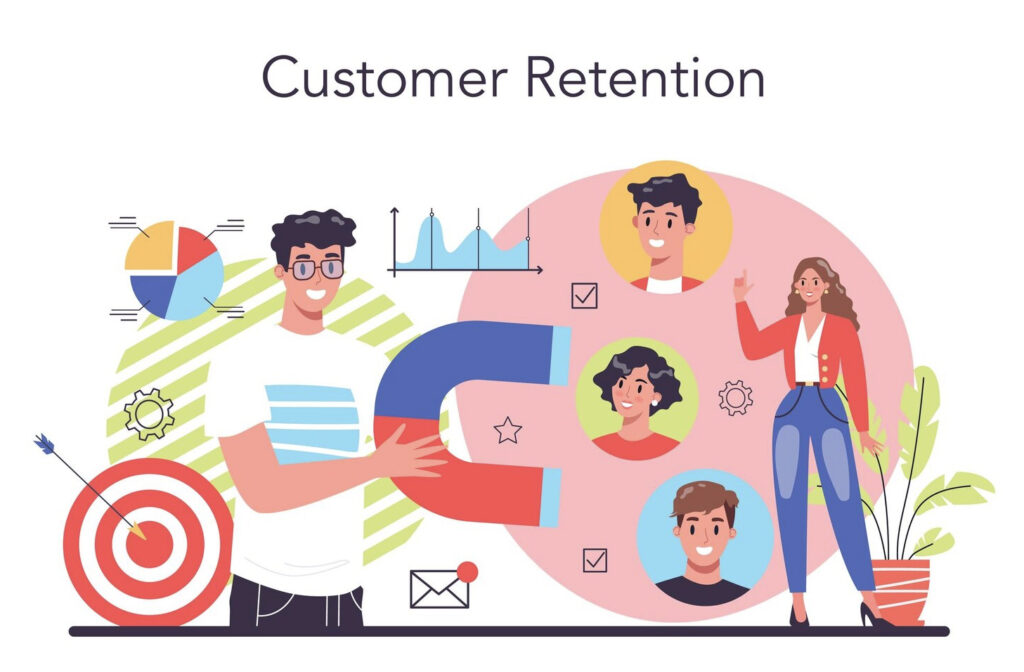
Businesses are constantly seeking ways to gain an edge and boost their sales. One of the most effective methods is through improving customer experience (CX). Businesses can significantly enhance customer satisfaction and loyalty by delivering seamless, personalized, and satisfying interactions, ultimately driving sales conversions. This article explores the essential role of CX and provides actionable strategies to help businesses transform customer interactions into increased revenue.
Understanding Customer Experience
Customer experience refers to a customer’s overall impression after interacting with a business across various touchpoints. This includes everything from navigating a website, engaging with customer support, making a purchase, to post-sale services.
The core components of CX include:
- Usability: How easy and intuitive it is for customers to navigate your website or app.
- Support: The availability and efficiency of customer service channels.
- Personalization: Tailoring products, services, and communication to individual preferences.
- Emotional Connection: Building trust and rapport to foster long-term loyalty.
When these elements align, customers are more likely to complete purchases and return for future business, directly contributing to driving sales conversions.
The Link Between CX and Sales Conversions
A seamless and positive CX has a direct impact on sales. Customers who enjoy their shopping journey are more inclined to complete their purchases, spend more, and recommend the brand to others.
Research underscores this connection:
- According to a study by PWC, 73% of consumers consider CX a key factor in purchasing decisions.
- Companies prioritizing CX see up to a 60% increase in sales conversions.
For instance, Amazon’s focus on customer-centric services—such as personalized recommendations, quick delivery, and hassle-free returns—has made it a leader in online retail. These CX initiatives not only attract customers but also keep them loyal, driving significant sales conversions.
Essential CX Strategies for Driving Sales Conversions
To leverage CX for better sales outcomes, businesses can adopt the following strategies:
Personalization
Use customer data to tailor experiences. Personalized recommendations, emails, and offers resonate better with customers, making them feel valued. This emotional connection often translates to higher conversions.
Streamlined User Journey
A smooth, frustration-free journey from product discovery to checkout is crucial. Optimize your website’s navigation, reduce page loading times, and ensure the checkout process is quick and straightforward. Abandoned carts often result from slow or complex processes.
Proactive Support
Providing timely support can prevent potential drop-offs. Tools like chatbots and live chat ensure customers’ questions are addressed instantly, keeping them engaged and reducing friction in the buying process.
Feedback Utilization
Customer feedback is a goldmine for improvement. Regularly collect insights through surveys or reviews and use them to refine your services. For example, if customers report difficulties finding products, invest in improving site search functionality.
Role of Technology in Enhancing CX
Technology is pivotal in scaling and refining CX strategies:
- CRM Tools: Track and manage customer interactions to deliver personalized experiences.
- AI and Data Analytics: Analyze customer behavior to predict needs and suggest relevant products.
- Automation: Streamline repetitive tasks, such as sending follow-up emails, to maintain consistent communication with customers.
Companies leveraging these technologies can provide a level of service that not only satisfies customers but also encourages repeat purchases, further driving sales conversions.
Measuring the Impact of CX on Sales Conversions
To ensure CX efforts are effective, businesses must measure their impact. Key metrics include:
- Net Promoter Score (NPS): Gauges customer satisfaction and willingness to recommend the brand.
- Customer Retention Rate: Indicates how well CX fosters loyalty.
- Conversion Rate: Tracks the percentage of visitors who complete desired actions, such as making a purchase.
Analyzing these metrics provides insights into what’s working and what needs adjustment, helping businesses refine their CX strategies for maximum impact.
Conclusion
Customer experience is not just a buzzword; it’s a critical driver of business success. By prioritizing personalized interactions, streamlining the customer journey, and leveraging technology, businesses can significantly improve customer satisfaction and loyalty. These efforts ultimately result in driving sales conversions and sustaining long-term growth.
Investing in CX is more than a strategy—it’s a necessity in today’s marketplace. Don’t just aim to sell; aim to delight, and the sales will follow.